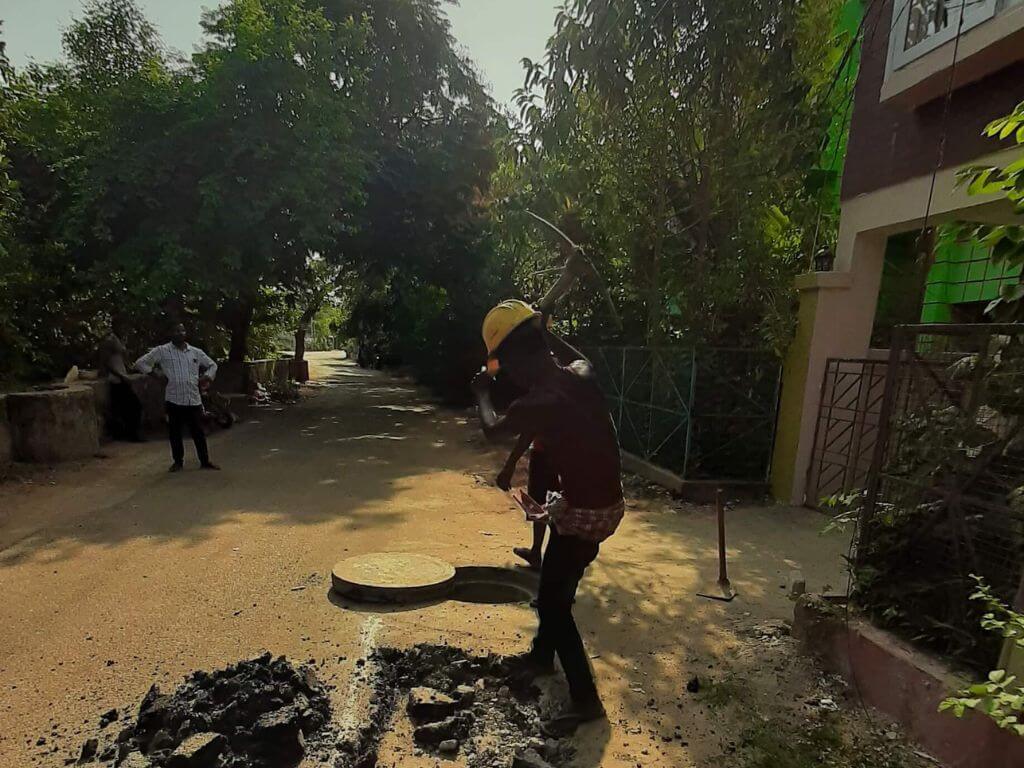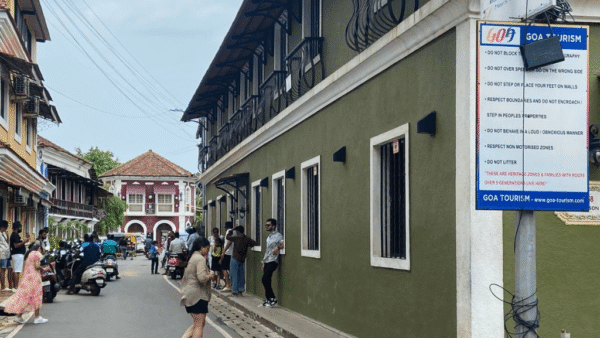Severe heat across India has claimed at least 60 lives since May 30 when temperatures soared above 45 degrees Celsius in most places.[1] The worsening and intensifying heat waves have impacted outdoor and informal workers the most. As densely populated cities experience extreme heat, what needs to change to strengthen our fight?
Dr Rajashree Kotharkar, professor of architecture and planning, Visvesvaraya National Institute of Technology, Nagpur, says we need to focus on long-term measures to deal with extreme heat. She prepared a draft model heat action plan last year for India’s cities to prevent and manage heat-related calamities. This provides a framework for a city to make its plan with long-term changes needed to bring down the heat, as she wrote[2] last year for Question of Cities. Kotharkar is a member of the National Disaster Management Authority committee which prepares guidelines for heat wave mitigation and has done a study in Nagpur to understand climate thresholds.

Your team prepared a local climate zone map for Nagpur last year. Have more cities been mapped, how has it helped tackle heat-related challenges?
Nothing much has been done in other cities. Though the LCZ classification has been prepared for 15 cities, converting it to a layer which can help cities make decisions remains a challenge. Every year, Heat Action Plans (HAPs) are discussed in a workshop conducted by the National Disaster Management Authority. All states are invited and best practices discussed. Experts from different fields such as public health and meteorology make presentations; I have presented too.
HAPs are then upgraded. These workshops allow states to learn from each other. I think we have been doing well when it comes to managing heat on a crisis basis. The basis of any HAP, as a short-term measure, is as a good heat health warning system where the definition of a heat wave is clear, to have a mechanism of informing people, and to get the health infrastructure ready and have all stakeholders on board. Almost all cities are taking these measures – Nagpur, Rajkot, Surat, Vadodara, Ahmedabad, Delhi and states such as Kerala, Karnataka, Andhra Pradesh, Bihar, Odisha and Uttar Pradesh – the belt that’s getting hotter — are doing work.
In Nagpur, the municipal corporation created shelter homes for the homeless so that they are not on roads during extreme heat. This has been suggested to other states as well. But, the bigger the city, the more difficult it gets to manage the heat wave situation; there are also multiple agencies involved.
What are some of the on-ground challenges that cities and states face while implementing HAPs?
We are still not clear on which measures have worked and which haven’t. If I take ten measures this year, I should know which ones have actually worked and to what extent to prepare for next year. There is no proper way to evaluate this. The other major challenge is that we still are going with short-term measures which are crisis-oriented; we have not shifted to medium-term and long-term measures. Then, the perception about heat as risk is quite low. I see so many people moving around in the heat without even covering their heads. No policy will work unless people perceive it as a risk; this is an important component. People take it lightly, saying my great-grandfather was born here and we have been seeing heat for years, and so on.
The other is funds dedicated to combat extreme heat, or a separate heat fund. Isolated efforts are not going to help us tackle extreme heat. All efforts across multiple domains need to be integrated. For example, urban green policy and urban planning are linked with heat. The idea should be to develop heat-resilient cities.
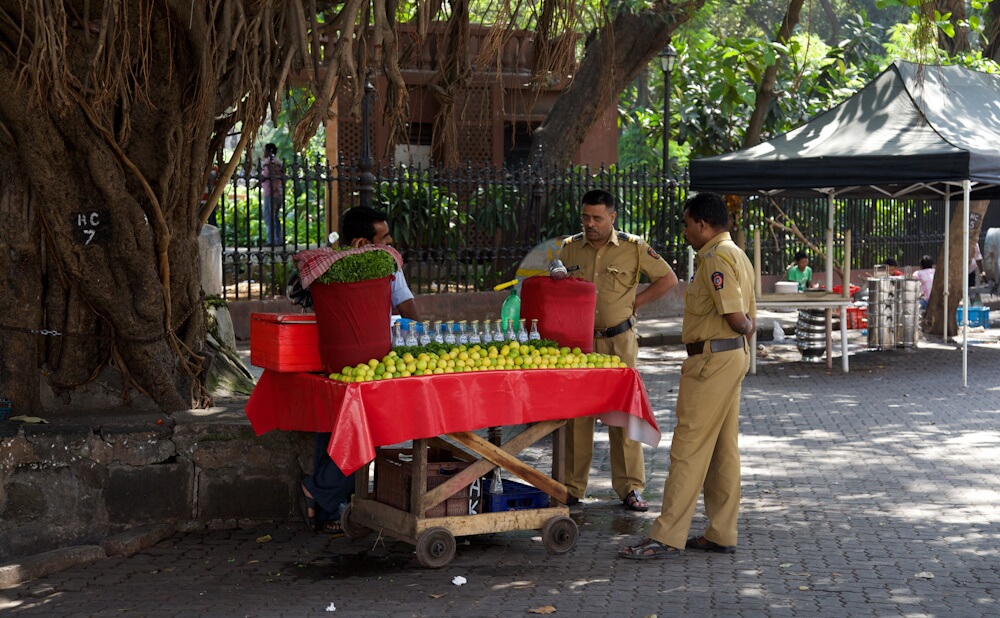
Authorities like the NDMA are working with states to create HAPs. How can these be more location and weather specific?
Almost all states have the same template but some of them have come up with heat index and heat stress index. I don’t know if these are used to declare a heat wave. There are many studies that universities and academicians are undertaking to get a sense of the thresholds each climate type has or each city has. We have done one for Nagpur which can give an idea of the threshold at which a heat wave can be declared.
The IMD has prescribed thresholds but city-based thresholds will be good. If you want to design or prepare a HAP, you need localised data which many cities may not have. This can be collated from researchers or academicians who are independently studying heat. This will yield many data points and thresholds, which can then be used by cities to design their own HAPs. According to the IMD, only the maximum temperatures are considered for defining a heat wave but India has many climate types and a combination of temperatures. That’s why localised data and thresholds are important.
Some cities and states have had HAPs for years but, given the brutal heat waves, do these need to be upgraded? How can this be done?
Yes, the plans need to be updated. I am not talking much about the short term because there is so much talk these days. From March-April, everybody starts talking about heat. We have platforms such as NDMA and State Disaster Management Authority (SDMA) where there are discussions, exchange of ideas and best practices. If a city wants to prepare a HAP, it looks at what other cities have done on this front.
My concern is what we can do in the long term because every year we cannot be making the same efforts. It is not only public health but other domains too that are affected because of extreme heat. One of them is economics – productivity is decreasing, there are economic losses, and energy consumption is increasing. What needs to be done about this in the long run? We have to move from a crisis-oriented approach to a well-prepared one and start making cities heat-resilient instead of just preparing for the next heat wave.
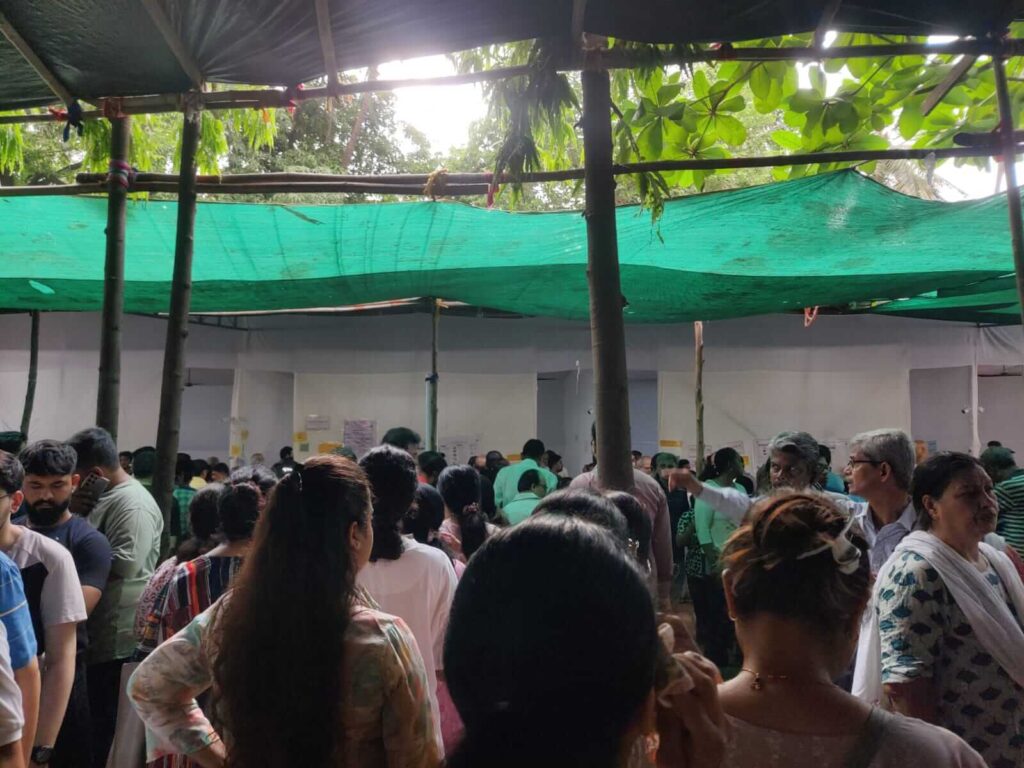
Photo: Jashvitha Dhagey
Will better alerts and early warning systems help reduce heat fatalities? How can warnings be more effective?
Yes, they certainly do. In Nagpur, the authorities are making an effort to reach out to the informal sector which has a higher exposure to heat. For example, they are asking people not to get married during summer or have a huge gathering. Messages are sent as jingles, short videos and SMSes. Health warnings are important across different thresholds, municipal corporations must map heat vulnerability in cities which will make it easier to take mitigation measures.
My experience is that, more than mere warnings, they should be linked to say loss of life or property. Why are we scared of floods or earthquakes or landslides? Because we can see the devastation they cause. Likewise, it is important to assess the impact of heat. This can be in the economy where businesses are affected and additional expenses are needed or homes requiring modifications to be cooler and that costs something, or if I am a daily wage worker and fall ill from the heat, then I lose income and spend on medication. If we convert it this way, people will be more aware and understand heat as a risk. So, the important heat warnings will help if you improve people’s perception about heat.
Also, we are not documenting the traditional measures that people used across the country. Traditionally, people used to modify their lifestyle to adapt to heat and there is nothing wrong in incorporating these aspects into plans. Old houses were built for extreme heat; now, we use modern materials with thin walls which makes the heat flow fast. If it’s 45 degrees Celsius outside, it’s not any cooler inside; instead, the heat multiplies and leads to heat stress. Air-conditioning increases greenhouse gas emissions, so we are increasing our own problem by solving it this way in the short term.
Is there enough data across India on heat to formulate plans and strategies?
Heat-related morbidity data is very difficult to get. For example, how many people fell ill, how heat affected the economy. Data will be generated only if we start studying heat. What is available is not consistent; some corporations have a record on how many people fell ill or admissions on heatwave days. Cities like Nagpur have started documenting data on heat-related morbidity and mortality. All cities need to start data collection which will help evolve correct thresholds and correlate heat stress with morbidity. This will also improve heat-health warnings such as at what temperature do we need to act. If more people are falling ill at 41 degrees Celsius, then warnings should be issued probably at 39-40 degrees Celsius. We need the data.
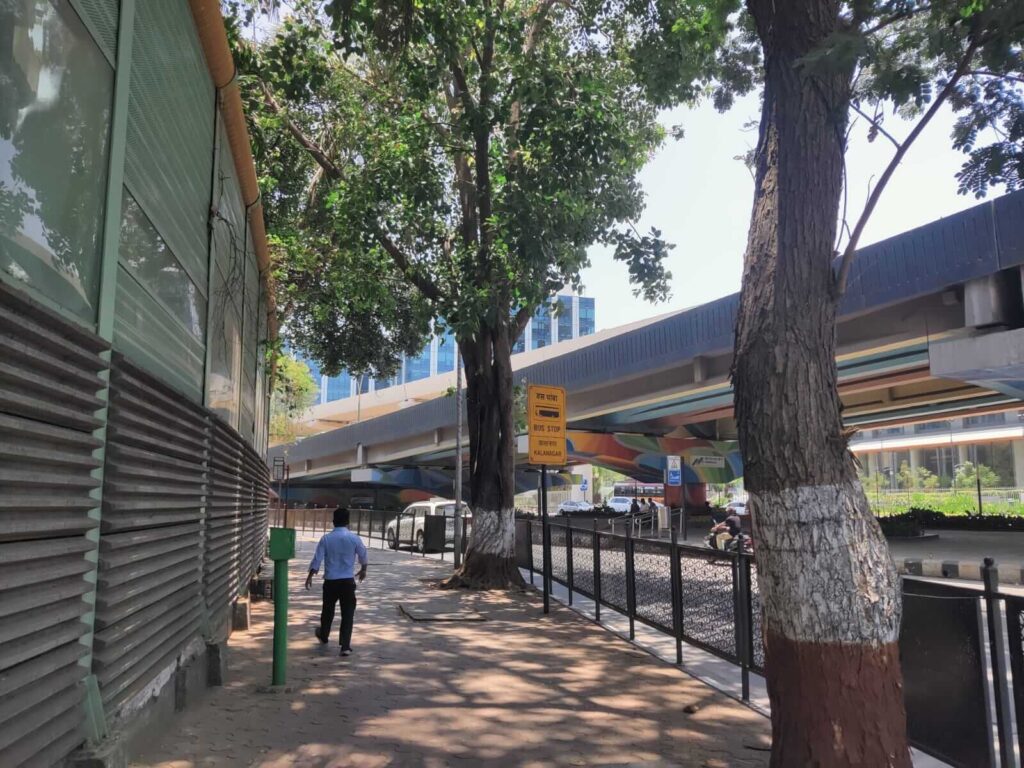
Photo: Jashvitha Dhagey
Can you talk us through the need for HAPs and climate action plans within the framework of urban planning? Are Indian cities doing enough on this?
As of now, HAPs are independent and driven by public health departments. Climate action plans are broader while urban planning is still largely about land-use plans. The need of the hour is to talk about HAPs and climate action plans in urban planning itself but it is not happening at all. That’s exactly my point when I said we need long-term measures. Cities need to be planned considering the resources and constraints they have including climatic conditions. The problem is the fast-paced development but we have to understand what problems climate change will bring and modify our models of urban planning.
How can environmental damage caused by land use changes be addressed in our cities?
Don’t cut trees. The increasing population needs more land to build more houses, so there is a change in land use but the rampant and unplanned construction means green cover is reduced too. Most of the anthropogenic heat in cities comes from buildings that require energy for cooling. So, not only are we changing land use but also constructing buildings that require a huge amount of energy to cool during summers. Instead of these which are unfit for our climate, we must have buildings that are greener, that respond to the ambient climate, and require less energy for cooling.
Besides this, we will also have to think about development patterns which can be more compact and allow for vegetation to maintain a healthy vegetation-build ratio. More urban planners need to work on this with people from other disciplines: what kind of cities do we require now, what changes and modifications are called for. Even if governments want to make a policy or implement a model, where is this model? There are many low-hanging fruits like the cool roof, which have become very popular, to improve thermal comfort level inside homes but they have to be properly studied to be made into policy. There is a need to remove technical jargons about heat and make material ready to be consumed or translated into something that can be implemented.
Shobha Surin, currently based in Bhubaneswar, is a journalist with 20 years of experience in newsrooms in Mumbai. An Associate Editor at Question of Cities, she is concerned about Climate Change and is learning about sustainable development.
Cover photo: QoC photo

